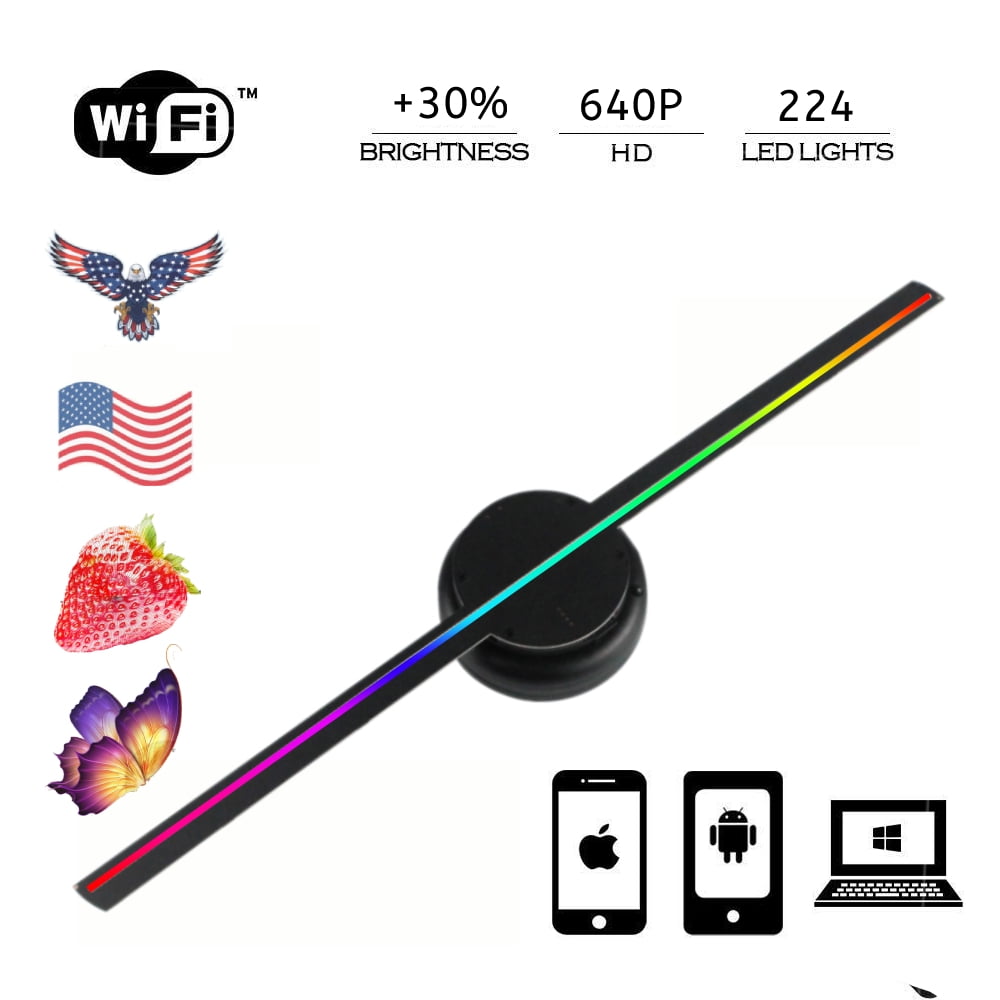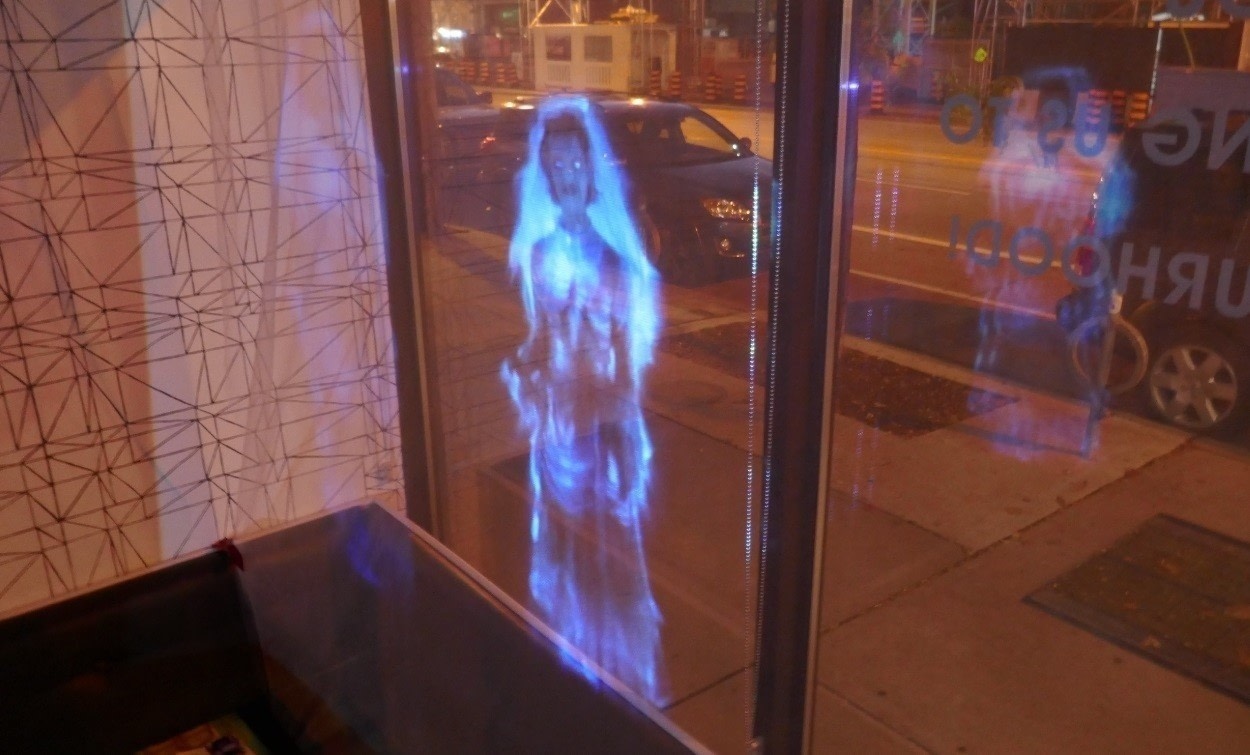

Today, many companies are developing new media, often derived from Pepper's ghost, to give this holographic illusion.

This is achieved by using a physical medium, whereas the real hologram is created without a medium, and this is only possible in a laboratory!įor the rest of the article, we will refer to the commonly accepted definition Several media to broadcast a hologram Indeed, what we know is only an optical illusion, as it seems that a 3D shape levitates in front of the audience. But if we refer to the scientific definition of the term, it is a misuse of language. Today, in everyday language, a hologram refers to any 3D volume that appears to float in the air generated by a device. However, devices are now able to create a holographic "illusion". This proves that holograms as presented to us in Star Wars, for example, are for the moment still a fantasy and far from being a mature technology. It was only in 2015 that the first colour hologram was produced by a consortium of Korean laboratories led by LG, under very specific conditions (creation of interference in a laser system). Imagined by Jules Verne in 1892, the principle of holography was invented in 1948 by the physicist Dennis Gabor, who was awarded the Nobel Prize in Physics for his discoveries in 1971. But in this case, what do we commonly call a "hologram"? Discover in this article the history of this technology, its developments and its abuse of language. For the time being, holograms are only possible in the laboratory. This technique was made possible by the development of lasers in the last century. The hologram is the result of holography, a technique that allows the volume of an object to be recorded in 3D and reproduced in an image.


 0 kommentar(er)
0 kommentar(er)
